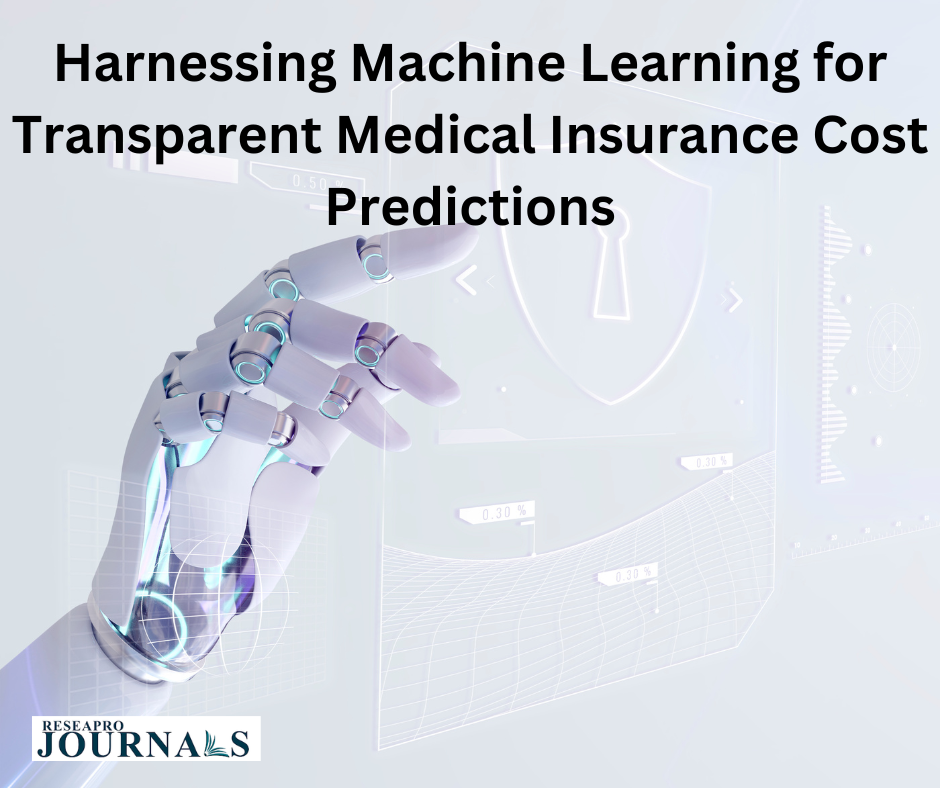|
Getting your Trinity Audio player ready...
|
The opaque and unpredictable nature of medical insurance costs is a major source of stress and financial uncertainty for patients. Machine learning (ML) offers a promising avenue to revolutionize medical cost prediction, bringing transparency and empowerment to patients.
Challenges of Medical Cost Prediction:
- Data silos:┬ĀMedical data is often fragmented across hospitals,┬Āinsurers,┬Āand labs,┬Āhindering comprehensive analysis.
- Complex factors:┬ĀPredicting costs involves factoring in numerous variables,┬Āincluding diagnosis,┬Ātreatment plans,┬Āprovider variations,┬Āand geographic disparities.
- Traditional methods:┬ĀStatic models based on historical averages are often inaccurate and fail to account for individual circumstances.
Enter Machine Learning:
ML algorithms can learn from vast datasets, encompassing medical records, claims data, and external factors like cost variations and treatment outcomes. This data-driven approach can overcome the limitations of traditional methods, offering:
- Personalized predictions:┬ĀML models can predict individual patient costs with greater accuracy,┬Āconsidering specific diagnoses,┬Āprocedures,┬Āand provider choices.
- Dynamic insights:┬ĀAlgorithms can adapt to real-time data changes,┬Ācapturing shifts in healthcare costs and treatment options.
- Transparency and explainability:┬ĀAdvanced ML models can explain their reasoning,┬Āhighlighting the key factors influencing cost predictions.
Benefits of Transparent Cost Predictions:
- Patient empowerment:┬ĀInformed patients can make better choices about treatment plans and providers,┬Āpotentially reducing costs and improving outcomes.
- Enhanced risk management:┬ĀInsurers can gain valuable insights for risk assessment and product development,┬Āleading to more tailored and equitable insurance plans.
- Improved healthcare allocation:┬ĀPolicymakers can utilize ML-driven cost predictions to optimize resource allocation within the healthcare system.




